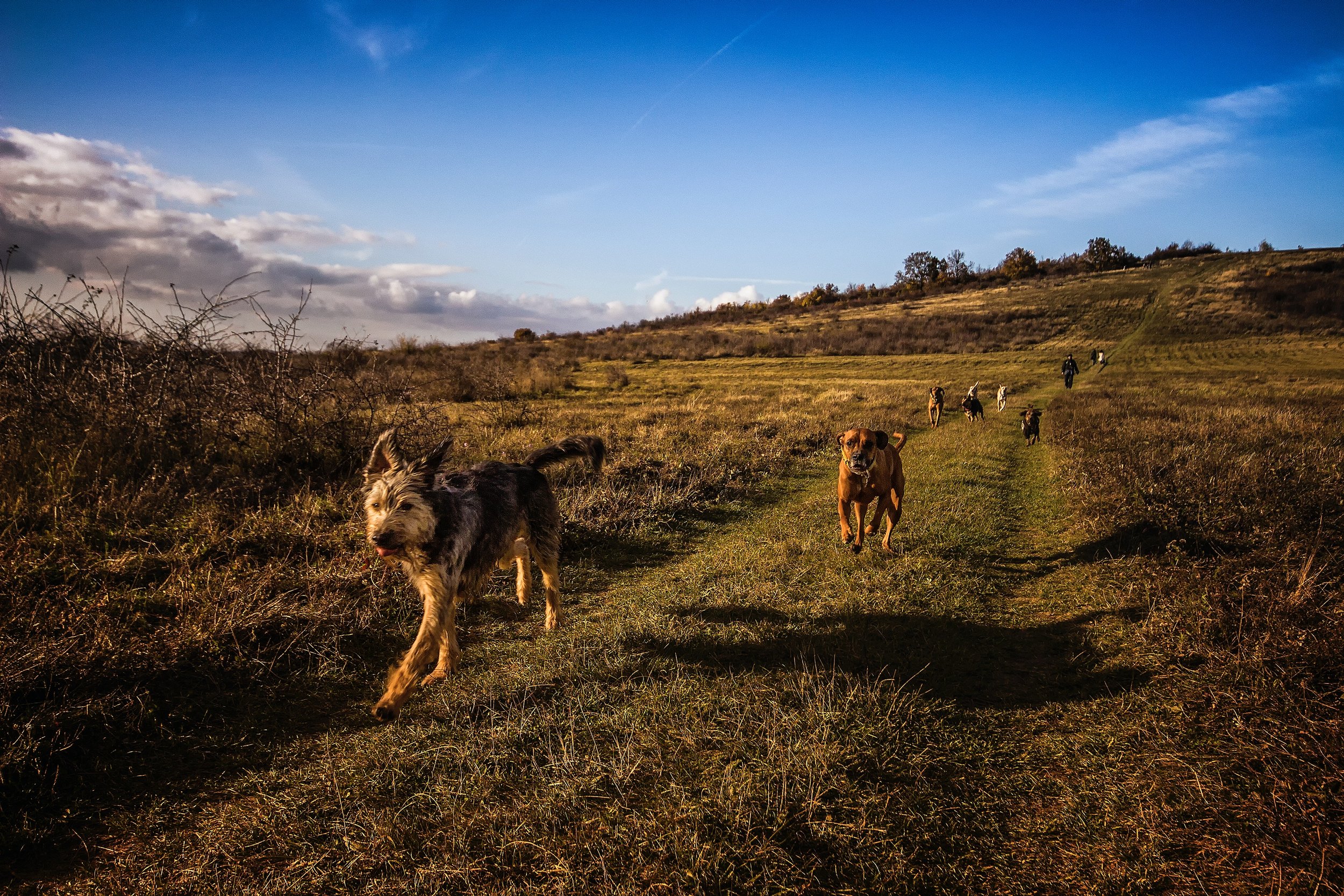Pentobarbital contamination concerns: The mysterious case of 4 canine deaths.
The Veterinarian’s Liability Extends Beyond the Ground
Alexandra Yaksich, BSc, AHT
It’s the beginning of spring, 2010, just as frosts start to melt and the bustle of a new season starts. On a rural remote area, two dogs, a 13-year-old spayed female lab mix and a 7-year-old neutered male Australian Shepherd mix make their morning way across the pastures. A few hours later they come home, abnormally tired. By the end of the evening, they are pronounced DOA at a veterinary hospital.
According to the owner, both dogs were reported healthy and alert when they were let out at 8am. The dogs came back around 10:30, and the owner described her female mix as “tired”. The dog went to her bed immediately when she got home. She became “sleepier and sleepier”. By that afternoon, the dog had lost her palpebral and pupillary reflexes.
The male spent the rest of the day sleeping on the couch. When he got up that evening, he was ataxic. The ataxia got worse over time and the owner reported the dog becoming confused, apprehensive, and eventually hyporesponsive.
At this point around 9pm, she took them to the hospital, a near hour and a half long drive. During the trip, the female died.
Post-mortem exam of the female was unremarkable except a stomach full of raw meat and what appeared to be horsehair. Urine results revealed pentobarbital [1].
After the knowledge that his dog’s death was the result of pentobarbital poisoning, the owner backtracked the steps the dogs used to take and discovered a horse carcass about 300m away on a neighbor’s property that was partially buried in a ravine. The carcass had been scavenged, and the color of the hair matched the stomach contents of his dog.
The owner of the horse was found and said the horse had been euthanized more than 2 years prior. Unfortunately, according to the horse owner, his other dog “laid down and died” shortly after the horse was euthanized. Not long after that, his second dog exhibited similar symptoms, died, and was buried next to the horse the year after. Bringing the total to 4 dog deaths related to pentobarbital poisoning.
While this case was not a controlled study, it does demonstrate that pentobarbital can last undecayed for years in tissues of animals.
***
Wildlife organizations also warn that this type of mal-burial can seriously injure or kill many different types of wildlife, and veterinarians are liable for penalties.
In 1999, both a veterinarian and a rancher were both perturbed when they found out they accidentally killed 5 golden eagles and 2 bald eagles. The eagles died after feeding on 2 mule carcasses that had been euthanized with pentobarbital.
The veterinarian and rancher were fined $10,000 each for involuntarily killing the 7 birds.
And these are not the only deaths of pentobarbital poisoning: A medical examiner for the U.S. Fish and Wildlife Service in Oregon identified 17 eagles that have died from pentobarbital over a 10-year period.
A wildlife disease specialist in Wisconsin says that from 1986-2001, deaths of 34 eagles [2] were the result of secondary pentobarbital poisoning.
In British Columbia, 26 bald eagles became ill, and 5 died after eating one euthanized cow [3].
If an animal dies from secondary toxicity and is part of a welfare or protection act, such as the Eagle Protection Act or Endangered Species Act, fines can be quite high. The maximal fines for killing a bald eagle can run as high as $100,000 for an individual and $200,000 for an organization. [4].
Most of the time the deaths are a result of improperly buried carcasses. According to Dr. Converse, a wildlife disease specialist, most of the deaths that were reported involved carcasses that people had buried in good faith. It’s imperative to check local guidelines for burial requirements.
These aren’t the only cases, another incidence happened just a few months ago in Minnesota, where 3 bald eagles were found dead and 10 were very sick after scavenging improperly buried carcasses in a landfill. You can follow the story here.
***
Does pentobarbital really last that long in carcasses or the environment?
“Data illustrate that sodium pentobarbital was detectable up to 367 days in compose piles with no clear trend of concentration reduction” says Authors Payne et al., 2015. [5].
Bagsby et al., 2017 measured degradation of pentobarbital in sand, topsoil, and potting soil over a 17-week period and found “…as tissues decompose, pentobarbital may leach into the soil and from there migrate to groundwater… there were still detectable amounts of pentobarbital present in the soil after 17 weeks”. [6].
***
The disposition of an animal’s body is a reality for all veterinarians. The inability for this to be carried forth correctly in terms of a proper burial, as demonstrated above, can have serious consequences in the form of fines and professional liabilities.
And the environmental impact can be drastic.
The solution? Make sure to know and share your provincial or state burial and euthanasia information with pet parents. Ideally do not use plastic bags for body disposal as they prove to be ineffective for burial and offer no protection to the environment, but rather an eco-friendly body bag like Euthabag. That is one of the reasons the bags exist. They also produced a handout based on the guidelines on how to bury production animals on a farm or other area, as well as companion animals in order for burial to be safe for other animals as well as the surrounding environment. It can be downloaded on the “tools for your practice” section at euthabag.com
Furthermore, while the cases above have mentioned wildlife and farm animals, there have also been cases of toxicity when pets dig up former housemates. Anecdotally, someone’s dog dug up and ate their pet guinea pig and remained intoxicated and sleepy for a 24-hour period. The size of the dog was large comparatively, so we can never be too careful when dealing with the variety in size that we see in our profession. Companion animals are at risk as well.
As we now know veterinarians can be held liable for mishaps like the ones above, it’s important we inform the families of the state and provincial laws but also the dangers and risks for other animals. They need to be informed before they leave the clinic with poisonous animal remains they want to dispose of!
***
Animal remains containing pentobarbital are potentially poisonous for wildlife or domestic animals, and the use of pentobarbital invokes legal responsibilities for veterinarians, animal shelters, and pet parents. As shown above, pentobarbital can exist in tissue for years after euthanasia. We must ensure we are disposing of the remains properly. A solution to prevent leaching is to ensure the animal’s protection in an eco-friendly non-biodegradable body bag as well as providing deep burial. Let’s prevent secondary toxicosis and unnecessary accidents for wildlife, as well as protecting our veterinarians and animal lovers alike. Lastly, Euthabag has resources on how to bury a pet, which can be a useful handout for clients. They also have a free RACE-approved platform on how to improve the euthanasia experience for all involved.
References
https://journals.sagepub.com/doi/full/10.1177/104063871002200423
https://www.avma.org/javma-news/2002-01-15/euthanatized-animals-can-poison-wildlife-veterinarians-receive-fines
https://pubmed.ncbi.nlm.nih.gov/26020203/
https://www.tandfonline.com/doi/abs/10.1080/03601234.2017.1406714






